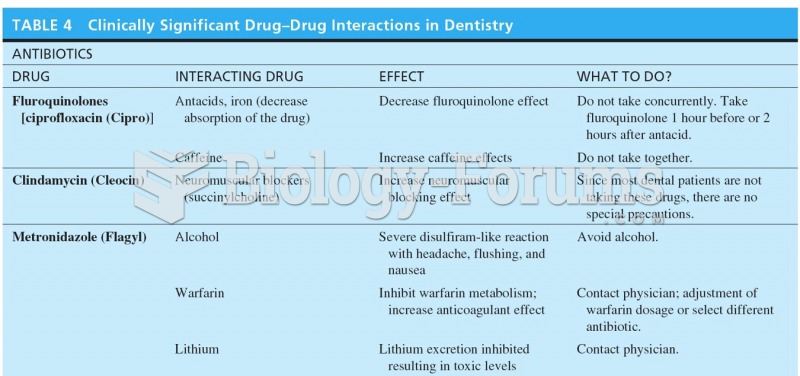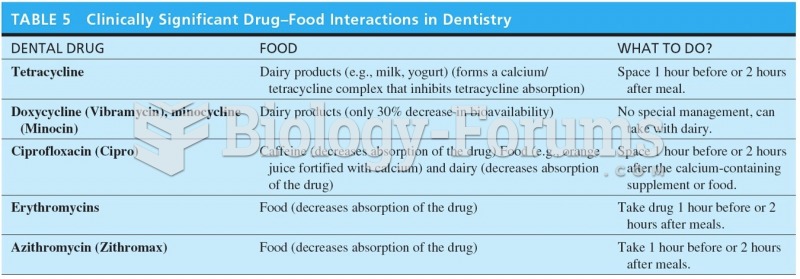|
|
|
Did you know?
Everyone has one nostril that is larger than the other.
Did you know?
Cyanide works by making the human body unable to use oxygen.
Did you know?
After 5 years of being diagnosed with rheumatoid arthritis, one every three patients will no longer be able to work.
Did you know?
Approximately 500,000 babies are born each year in the United States to teenage mothers.
Did you know?
The immune system needs 9.5 hours of sleep in total darkness to recharge completely.







